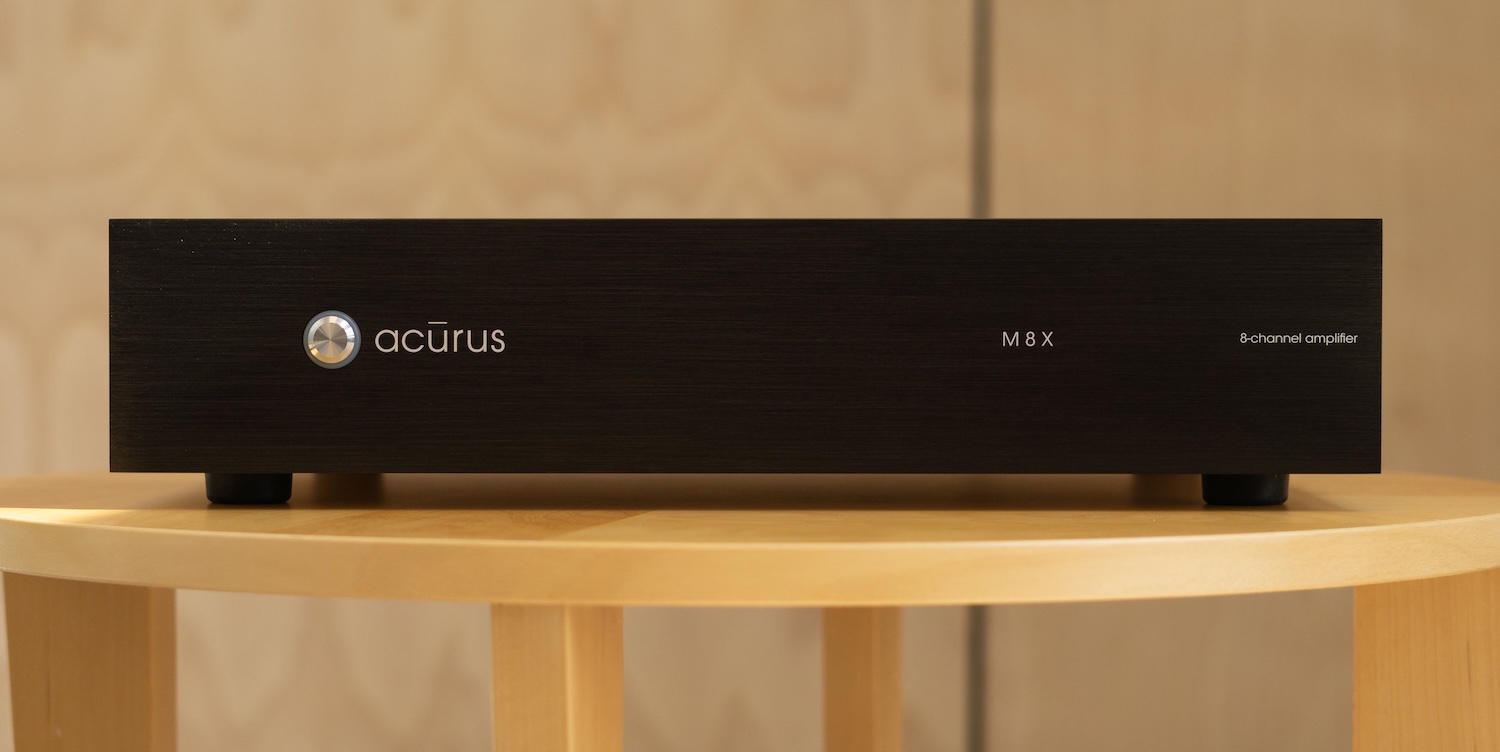In March, Amber Solutions introduced the possibility of embedding the digital control of electricity in solid state architecture in every device, appliance, power cord, and electrical end point in buildings. A new white paper from the manufacturer of the patented Amber AC/DC Enabler and Amber AC Switch further outlines the market opportunities of solid-state electrification.
The Second Electrical Revolution (available for download here) details a business and market overview of the accelerating trend of solid-state electrical infrastructure in buildings. It explores the implications of the breakthroughs for increased safety and reliability within electrical infrastructure, widespread and endpoint-specific energy monitoring, and greatly expanded Internet of Things (IoT) integration. All of this functionality arises from the ability to install solid-state solutions built in the existing walls of buildings.
“Thomas Edison would be proud of what we have achieved,” Amber Solutions Founder, President and CEO Thar Casey said, “and the publication of this white paper is the logical and necessary next step in educating the world on the future opportunities our breakthrough creates for, manufacturing partners, electrical designers, interested media, and others.”
Casey says that solid-state control of electricity changes the rules of the game for security and control systems, circuit breakers, dimmer switches, outlets, and appliances.
“Through commercial implementation of our technologies within the existing building electrical grid, we can uniquely embed modern intelligence and enhanced-sensing functionality into every wall, throughout the whole building,” Casey stated. “Amber, its partners, and even a couple of its competitors will tap the tremendous opportunity to upgrade every electrical end point in buildings globally to solid-state architecture.”
According to Rob Halligan, Amber Chief Marketing Officer, the white paper provides a historical view of the development of our current electrical infrastructure and the increasingly sophisticated intelligence embedded within it. It describes gaps in strategic market sectors, as well as problems with today’s electrical infrastructure that include fire hazards and slow adoption of innovative features and products that improve safety or provide enhanced IoT functionality.
“Through examination of the advantages solid-state semiconductor implementations offer versus legacy electro-mechanical architecture,” Halligan explained, “it seems clear that new technologies can deliver a safer, more connected and hyper-intelligent building electrical infrastructure. In addition, the white paper considers the market position of key players that have announced IoT-connected or solid-state electrical solutions.”
Amber believes that a fully solid-state building electrical infrastructure could provide an opportunity for enhanced energy monitoring and IoT functions that enable simpler and more robust solutions for everything from smart home automation and building-wide energy management to commercial building access and fire control. Viewed in total, the solid-state electrification of buildings may even be a transformative catalyst triggering deeper adoption of smart systems throughout every building market sector.







![ecobee premium airzone control The ecobee Smart Thermostat Premium. [Photo credit | ecobee]](https://restechtoday.com/wp-content/uploads/2025/06/ecobee-premium.jpg)
